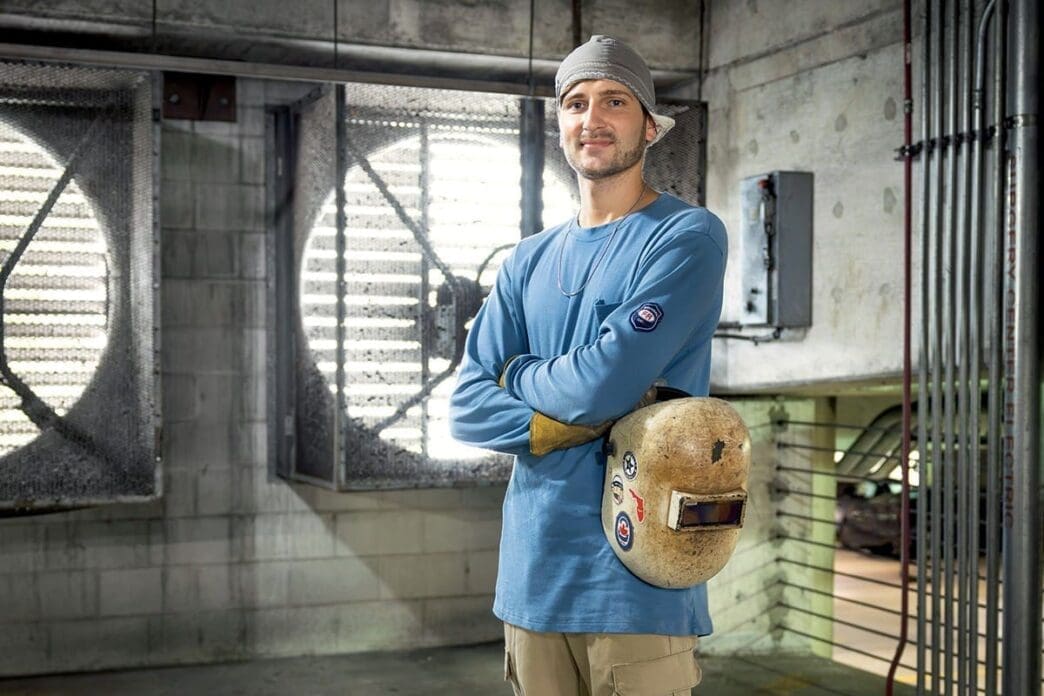Matthew Marcusky, a 25-year-old Florida resident, chose a different path from his college-bound siblings. Opting for trade school instead, he graduated without debt and currently earns approximately $60,000 annually as a welder.
In recent years, Florida has experienced a significant shift toward vocational training and workforce education, largely driven by the younger generation’s desire to avoid the financial burden associated with traditional college degrees. According to recent data from the state’s Department of Education, the 2022-23 academic year recorded an 8% increase in public post-high school career and technical education enrollment, with apprenticeships reaching a historic high of 19,605 participants. Nathalia Medina, spokesperson for the Florida Department of Education, notes this trend as indicative of a growing preference for hands-on training over a conventional four-year degree.
Employers in Florida have long voiced concerns about the societal pressure on students to pursue four-year degrees, often overlooking the necessity for skilled workers in essential industries such as electrical work, plumbing, and automotive repair. This shift in educational choices mirrors the economic realities facing Generation Z, who have seen previous generations accrue substantial student debt with mixed economic returns. A study funded by the Bill & Melinda Gates Foundation highlighted that while many still value college degrees, confidence in their financial return is waning, especially among non-enrolled young adults. Instead, certification and on-the-job training programs are gaining popularity as viable paths to stable employment.
Lee Chipps-Walton, state director for career and technical education at the Florida Education Department, emphasizes the growth and recovery of enrollment in technical programs post-pandemic. Florida hosts 47 public technical colleges alongside several private career schools and registered apprenticeships. Notably, companies like Miller Electric have built their workforce predominantly through apprenticeships, illustrating the practical benefits of learning while earning.
These programs often come with financial aid options, allowing students to graduate debt-free. In Collier County, philanthropic support has further bolstered vocational training, with figures such as Richard Schulze, founder of Best Buy, contributing to students’ educational expenses. The state is also innovating in workforce development, as seen by the legislature’s efforts to adapt career and technical education to meet business needs more effectively. Recent initiatives include reducing the number of local workforce boards and improving grading systems to enhance the efficacy of training programs.
Furthermore, the state is broadening the scope of apprenticeships beyond traditional fields, introducing roles in cybersecurity, project management, and even home health and teaching. This evolution ensures Florida’s workforce is equipped to meet contemporary demands, addressing both present and future economic needs. The integration of modern vocational training within institutions like Broward College, which partners with JetBlue for pilot training, exemplifies this forward-thinking approach.
Daniela Gonzalez is another example of success in Florida’s vocational landscape. With aspirations of becoming a pilot, she instead became an airframe mechanic, avoiding the high costs of pilot training while securing a job at Bombardier. This trend highlights the financial prudence and job readiness provided by vocational education, aligning closely with the state’s economic objectives.
Overall, Florida’s commitment to workforce education is evident, with a significant $765 million allocated in the state budget to support these programs. The future trajectory for Florida’s economy relies heavily on these strategic educational developments, as described by various state officials and business leaders.
Florida is poised to become a leader in workforce education, providing young people with job-ready skills without incurring debt. As vocational training continues to expand, the state not only addresses the immediate needs of its economy but also prepares a generation ready to meet future challenges. By embracing innovative educational models, Florida sets a precedent for other states aiming to balance economic demands with educational opportunities.
Source: Floridatrend








